Luxury retail slowdown? What LVMH’s beauty figures say about tech readiness in the sector
While parts of the luxury industry show signs of softening, the beauty business remains resilient. LVMH’s recent figures not only defy the slowdown narrative – they offer a clear signpost for how tech readiness is shaping the sector’s future.
Scent Signals – Why Beauty Is Bucking the Trend
Luxury retail has found itself under the microscope lately, with signs pointing to a softening in some segments. After several years of post-pandemic acceleration, high-end fashion and accessories are facing cooler demand in certain global markets. Yet, one category appears to be defying the broader slowdown: beauty.
LVMH’s first-half 2025 results show that while growth in fashion and leather goods has moderated, its perfumes and cosmetics division remain impressively robust. The group’s beauty brands – including Dior, Guerlain, Givenchy and Benefit – have posted strong double-digit gains in several key regions. It’s a clear signal that beauty, particularly fragrance, continues to command consumer loyalty and spend.
A standout performer in this narrative is Dior perfume. From the global popularity of Sauvage – fronted by Johnny Depp – to the timeless appeal of J’adore, Dior’s fragrance lines are thriving. These iconic scents are not just selling well; they are setting the pace in how luxury beauty connects with consumers through digital innovation, immersive brand storytelling and personalised shopping experiences.
Importantly, beauty also serves as a more accessible entry point into the world of luxury. As consumers become more selective with discretionary purchases, perfume and cosmetics offer an affordable indulgence with high perceived value. That positions the category perfectly for resilience and growth amid broader market caution.
Photo credit: Unsplash.
The Tech-Enabled Glow-Up of Luxury Beauty
One of the most compelling reasons behind beauty’s strong performance is its rapid adoption of digital technologies. While luxury fashion has historically been slower to embrace tech, beauty brands have raced ahead – and the results are now plain to see.
Virtual try-ons, AI-powered fragrance finders, livestreamed tutorials and gamified loyalty programmes have all become standard features of a modern luxury beauty experience. LVMH’s portfolio is particularly active in this space. Dior, for example, has integrated augmented reality into its mobile app and website, enabling customers to virtually test makeup and explore fragrances based on mood, personality and occasion.
At the same time, personalisation is becoming increasingly sophisticated. Using machine learning and behavioural data, brands like Guerlain and Benefit can now offer curated product recommendations, timing their promotions around life events, preferences and even seasonal skin changes. These aren’t gimmicks – they’re smart, conversion-driving strategies that keep customers engaged and loyal.
Behind the scenes, supply chains and inventory systems are also getting a digital overhaul. LVMH has invested in predictive analytics and demand forecasting to optimise production and distribution, a must in a fast-moving, trend-sensitive market like beauty. Faster restocking, reduced waste and better product allocation all contribute to more responsive and resilient operations.
And it doesn’t stop at sales. Beauty is also one of the earliest luxury sectors to embrace blockchain for product authenticity and sustainability tracking. Guerlain’s use of blockchain to detail the origin and eco-impact of its ingredients sets a precedent for traceability in an industry where transparency is becoming a key purchase driver.
Together, these technologies don’t just enhance efficiency – they create deeper, more meaningful customer experiences. That, in turn, boosts loyalty and increases lifetime value.
Lessons for the Wider Luxury Sector
So, what can other segments of the luxury market learn from the beauty playbook? First and foremost: digital readiness is not optional – it’s strategic.
Beauty’s success is not just about strong branding or heritage. It’s about meeting consumers where they are: on mobile, in real time, and with experiences that feel personal, engaging and frictionless. That level of adaptability is something luxury fashion, jewellery and watches are still catching up with.
The good news? There’s growing momentum. LVMH’s continued investment in cross-brand tech accelerators, its partnership with startups in AI and AR, and its push into virtual retail environments all suggest that learnings from beauty are feeding into broader group strategy.
Other luxury groups are watching closely. Brands like Chanel, Estée Lauder and Puig are also investing in beauty tech – not only to keep pace but to differentiate. The success of products like Dior perfume, which blends timeless appeal with cutting-edge marketing and personalised e-commerce, proves that heritage and innovation can go hand in hand.
Looking ahead, we can expect even more convergence between tech and sensory experience. AI-designed fragrances, scent personalisation based on DNA or mood, and immersive virtual boutiques are all on the horizon. As the lines blur between the physical and digital, beauty’s head start will become even more valuable as a model for transformation. But as innovation accelerates, the challenge will be maintaining consumer trust – particularly around data use and privacy.
Ultimately, LVMH’s strong beauty performance offers two key insights for the luxury sector. One: consumer demand hasn’t disappeared – it has shifted towards categories and brands that innovate with purpose. Two: technology, when used strategically, is not just a support system it’s a driver of desirability.
In a luxury landscape navigating uncertainty, LVMH’s beauty results are a refreshing reminder that agility and innovation still win. Dior’s enduring success in fragrance, supported by smart tech and digital-first engagement, highlights a sector that’s not just resilient but future-ready.



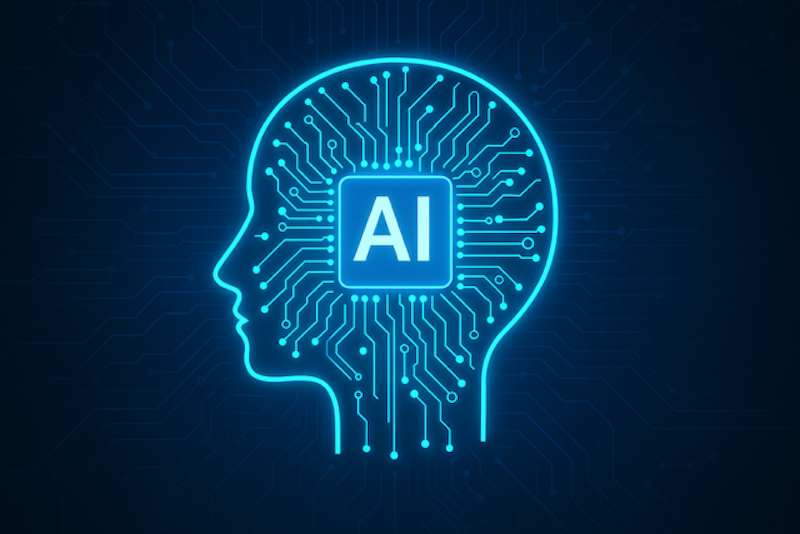

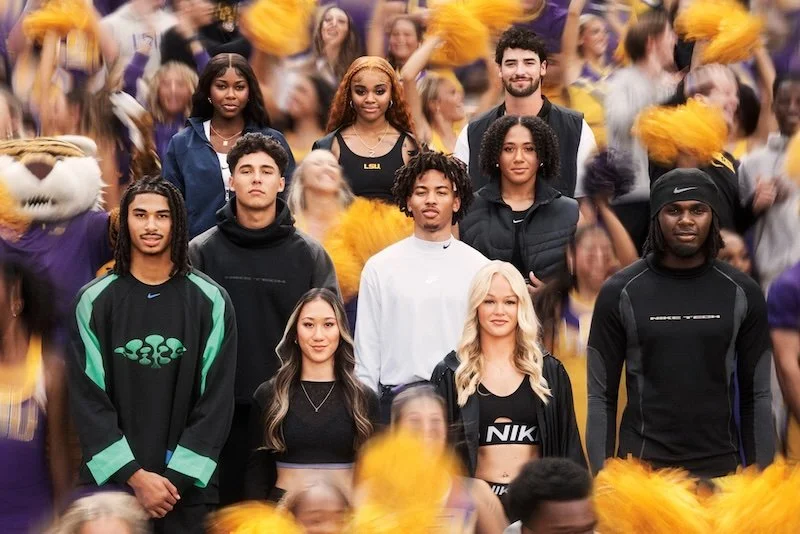


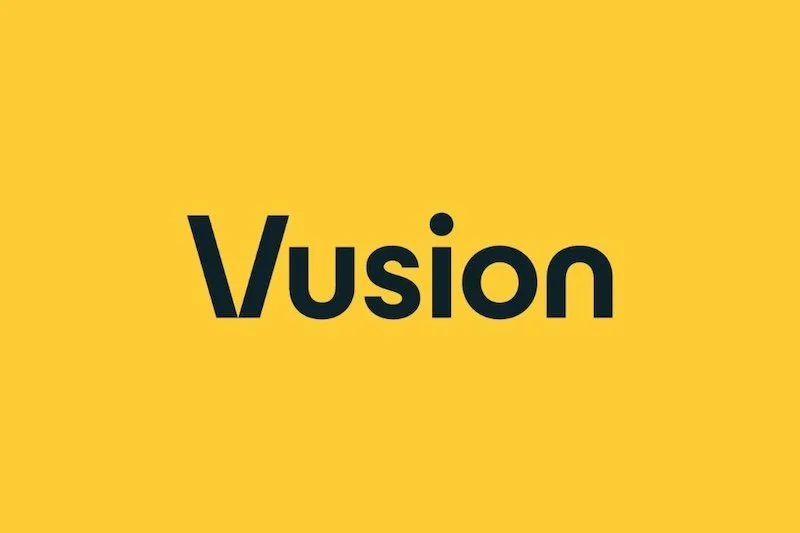
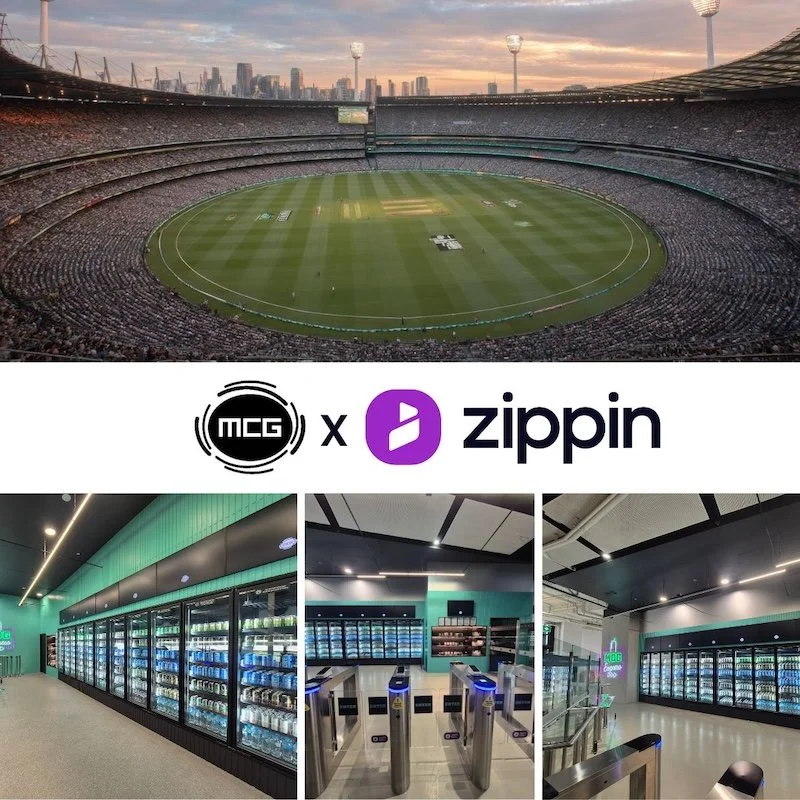
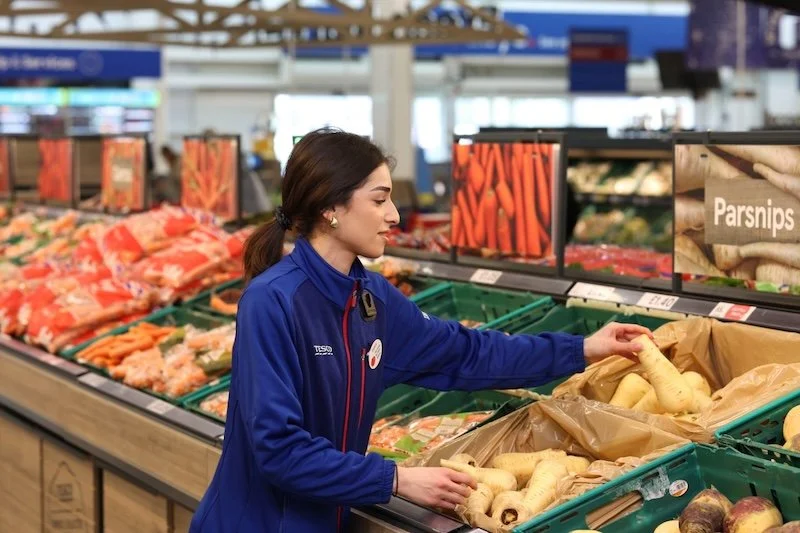



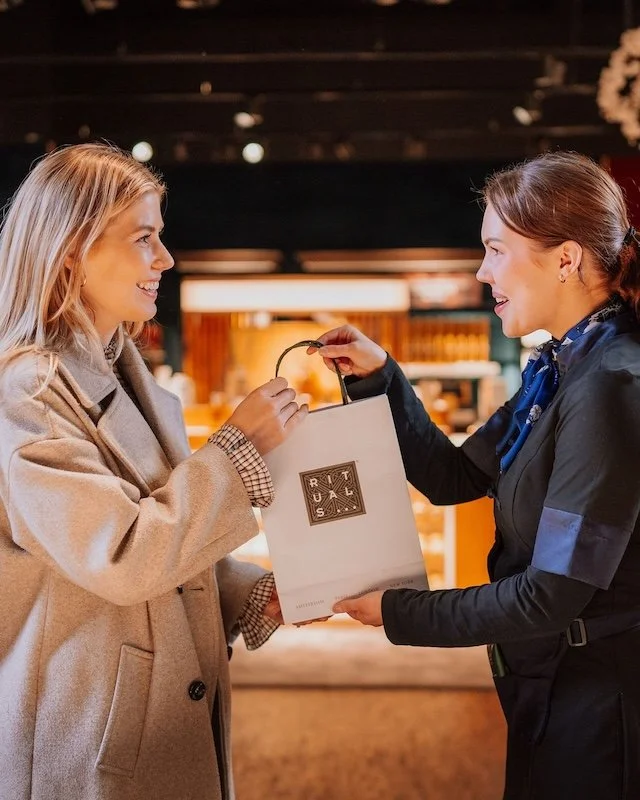








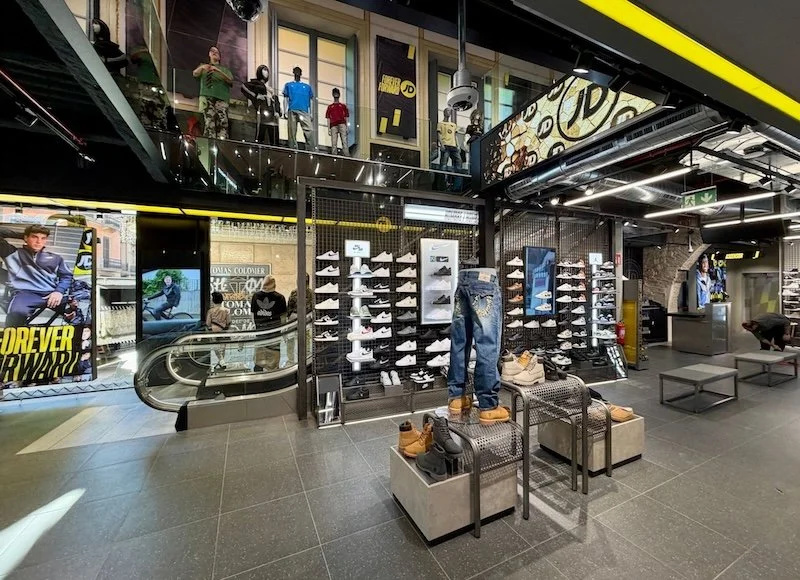

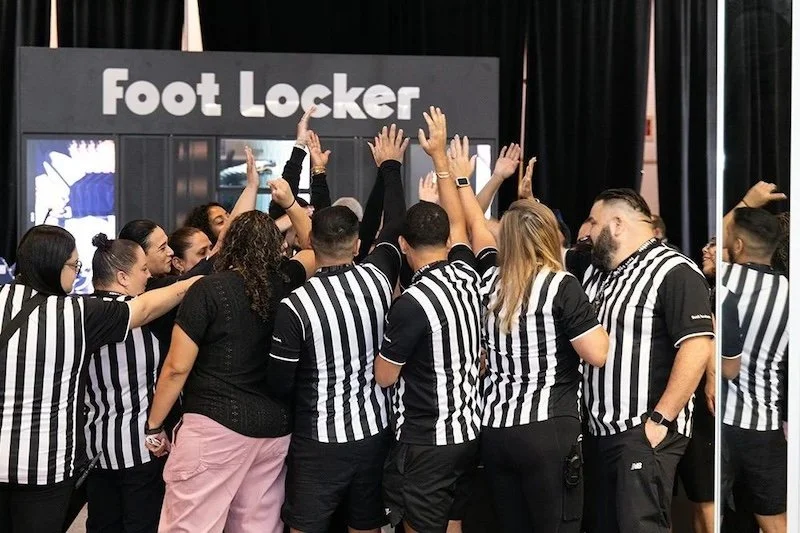
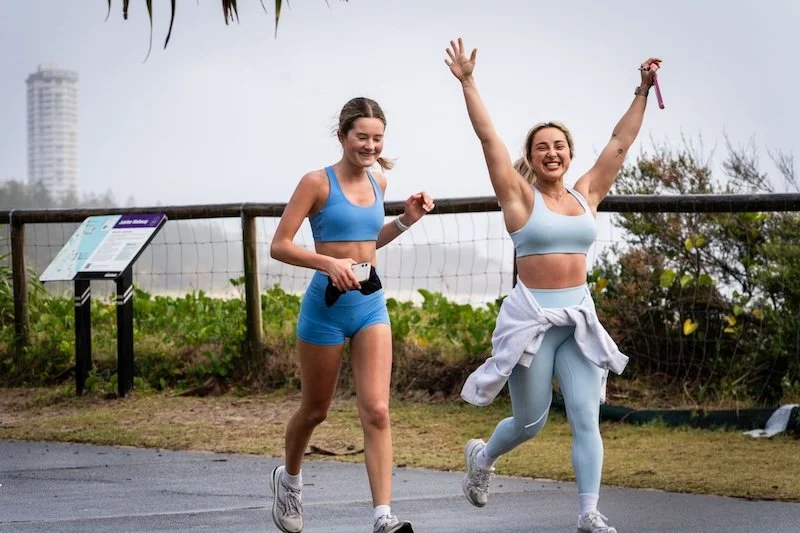
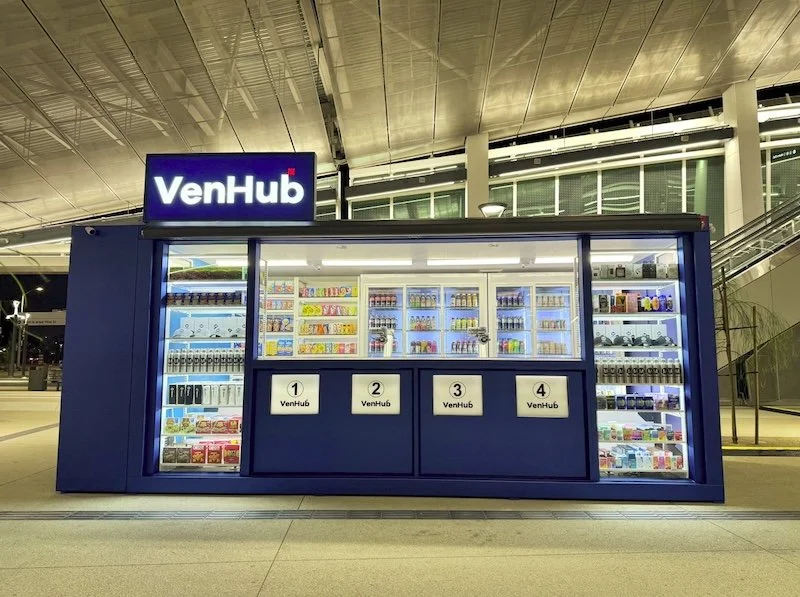

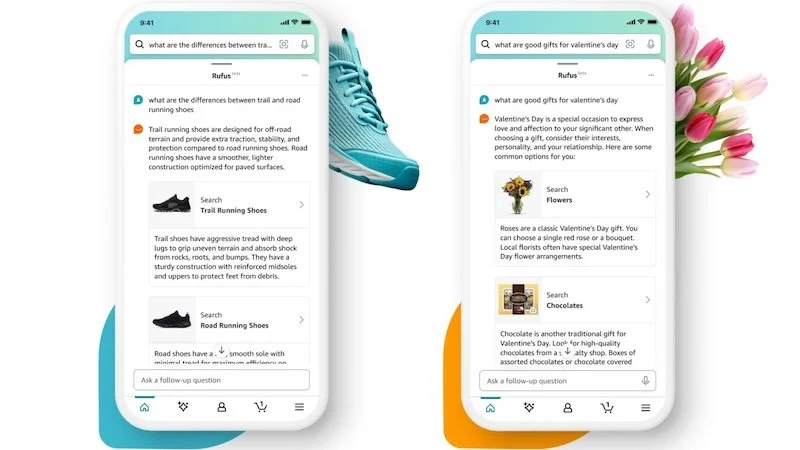

Continue reading…